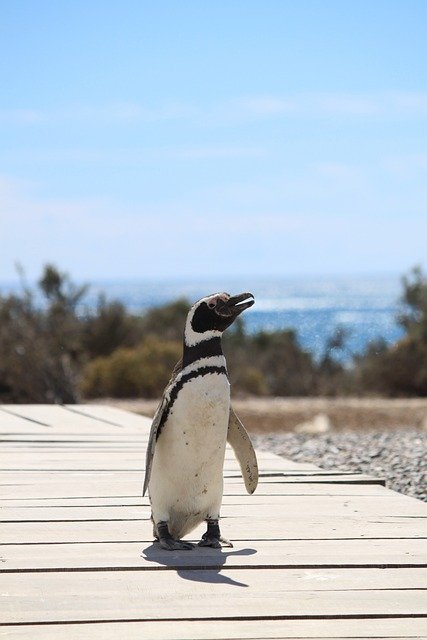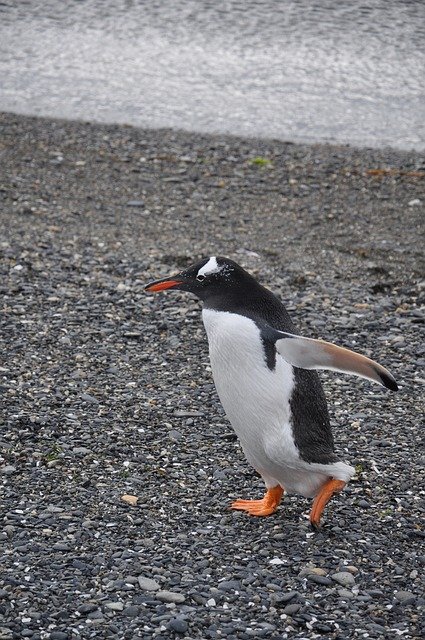**Topic: "The Social Lives of Penguins: Understanding Their Complex Communication and Social Structures"** In

The Social Lives of Penguins: Understanding Their Complex Communication and Social Structures
Penguins are often perceived as solitary creatures waddling across icy landscapes, but in reality, they exhibit rich social lives and complex communication systems. These fascinating birds, primarily found in the Southern Hemisphere, showcase a variety of social structures and interactions that are essential for their survival and reproduction.
Social Structures
Colonies and Hierarchies
Penguins are highly social animals that live in colonies, which can range from a few dozen to several thousand individuals. These colonies provide safety in numbers, helping to protect against predators. Within these groups, penguins establish social hierarchies, often based on age, size, and breeding status. For instance, dominant individuals may have better access to resources such as food and nesting sites, which can influence their reproductive success.
Pair Bonding
During the breeding season, many penguin species form monogamous pairs that may last for a single season or even for life. These bonds are crucial for cooperative breeding, where both parents share responsibilities in incubating eggs and feeding chicks. The strength of these pair bonds can be influenced by various factors, including previous breeding success and the availability of mates.
Communication
Vocalizations
Penguins have a diverse range of vocalizations that they use to communicate with one another. These calls can convey information about identity, location, and emotional state. For example, during courtship, male penguins often produce distinctive calls to attract females, while parents use specific sounds to recognize their chicks among thousands of others in the colony.
Body Language
In addition to vocalizations, penguins also utilize body language to express their feelings and intentions. Displays such as bowing, flapping their wings, and posturing can indicate aggression, submission, or courtship. These non-verbal cues are essential for maintaining social order within the colony and for navigating complex social interactions.
Social Learning and Cooperation
Penguins are capable of social learning, where individuals observe and imitate the behaviors of others. This ability is particularly important when it comes to foraging. Young penguins often learn how to hunt by watching experienced adults, which enhances their chances of survival.
Cooperation is also a key aspect of penguin social life. For instance, some species engage in collective foraging, where groups of penguins work together to herd fish into tight schools, making it easier for individuals to catch prey. This cooperative behavior not only increases feeding efficiency but also strengthens social bonds within the group.
Conclusion
The social lives of penguins are far more intricate than one might initially think. Their complex communication systems, social structures, and cooperative behaviors are essential for their survival in harsh environments. Understanding these dynamics not only enriches our appreciation for these remarkable birds but also highlights the importance of protecting their habitats and ensuring their continued existence in the wild.
By studying the social lives of penguins, researchers can gain valuable insights into the evolution of social behavior in birds and the ecological significance of these charming creatures. So, the next time you see a penguin, remember that there’s a whole world of social interaction happening beneath that adorable exterior!

Upvoted! Thank you for supporting witness @jswit.